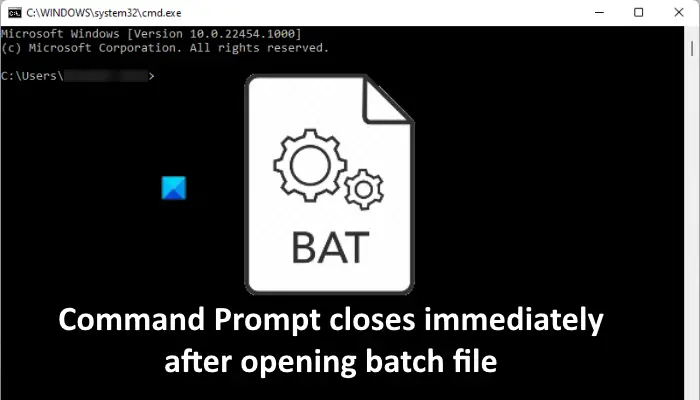

To delete cmd.exe from the Run folder in Registry Editor, do the following:

This is an alternative to disabling cmd.exe from Startup items in Task Manager. 4] Delete cmd.exe from Run folder in Registry Editor Read: Windows Installer keeps popping up or starting. So, if you do not want an item from auto-loading at startup but it’s listed in the Startup section in Task Manager, you can simply disable the startup item there. It might be that the cmd.exe file is listed in the Startup section in Task Manager – this means that every time your computer boots, cmd.exe will automatically load along with all other items listed in that section. 3] Disable cmd.exe from Startup items in Task Manager

In this case, you can run SFC scan and see if that helps. If you have system file errors, you may encounter this issue. If the issue is still unresolved after the AV scan, you can try the next solution. In any case, it’s better safe than sorry, so we suggest you run a full system antivirus scan with Windows Defender or any reputable third-party AV product to rule out the possibility of a malware infection. Although the correct path is shown on the title bar of the prompt, some malware disguises itself as cmd.exe, particularly when not located in the C:\Windows\System32 folder. The original cmd.exe is an important part of Windows and is located in the C:\Windows\System32 folder. Therefore, you should determine whether the cmd.exe on your computer is a Trojan that you should remove, or whether it is a file belonging to the Windows operating system or to a trusted application. Executable files, in some cases, maybe harmful to your computer. exe extension on a filename indicates an executable file. Read: Command Prompt closes immediately after opening a batch file. Let’s take a look at the description of the process involved concerning each of the listed solutions.


 0 kommentar(er)
0 kommentar(er)
